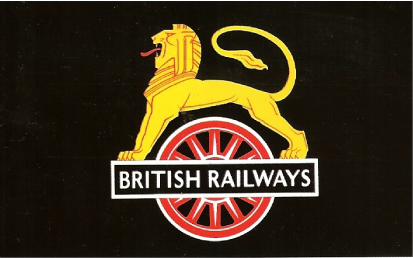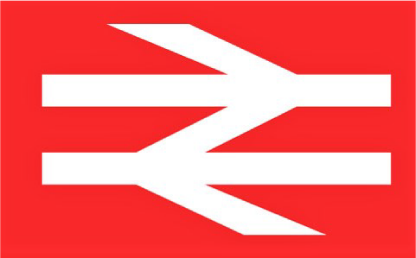British Railways The First 25 Years Volume 6: CENTRAL LONDON Southern Region
This volume covers the Southern Region lines in the central London area, from the terminus stations approximately to the edge of the area bounded by the South London Line, around four miles out. We visit the three principal motive power depots serving the stations, Nine Elms, Stewarts Lane and Bricklayers Arms, before finishing with an extensive spotting session at Clapham Junction. This was the most complex and high-density network of lines in the country and this is reflected in the photographs selected.
Four pre-grouping railways were responsible for the construction of this network: The London Chatham & Dover Railway (LC&DR), the South Eastern Railway (SER) merged their operations in 1899 to form the South Eastern and Chatham Railway (SE&CR), the London and South Western Railway (L&SWR) and the London Brighton and South Coast Railway (LB&SCR). All four companies were absorbed into the Southern Railway in the 1923 grouping.
Change was slow after nationalisation until the 1955 Modernisation Plan began a process of extending electrification, firstly on the Kent coast lines and then in the late-1960s to the Bournemouth line from Waterloo which saw the final elimination of steam. The Southern Region had two very distinctive modern traction designs, the BRC&W diesel-electric Type ‘3’ and the electro-diesels. There was a slow evolution of the standard EMU and it was only in 1972 that the first prototypes with sliding doors appeared.
Unlike earlier volumes, in recognition of the special nature of the area and to assist understanding, we have included detailed 1950s maps of the location of the principal stations and depots, showing how they fit into the Capital’s streets and the way they inter-connect. Platform layouts are also provided for each of the termini.
ISBN: 9781911038290




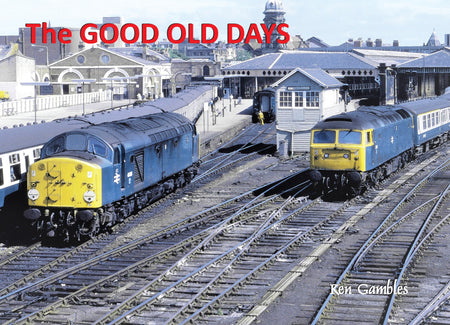
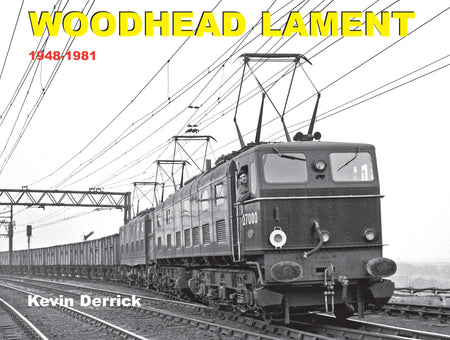

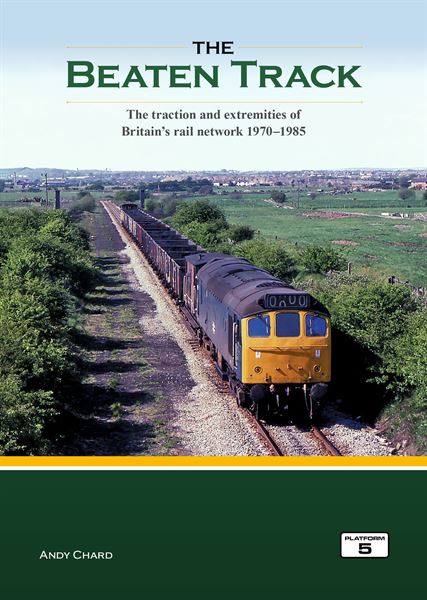

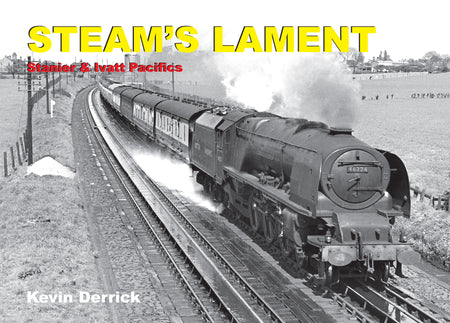
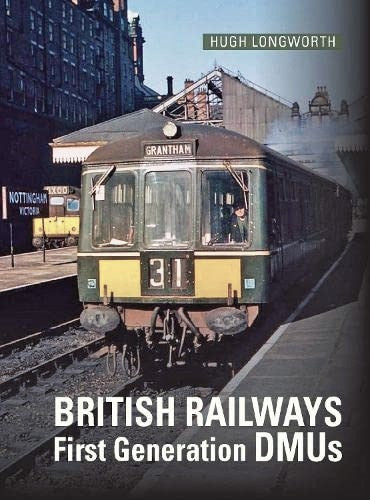


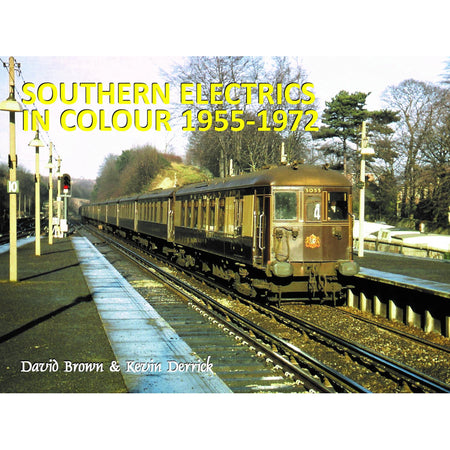
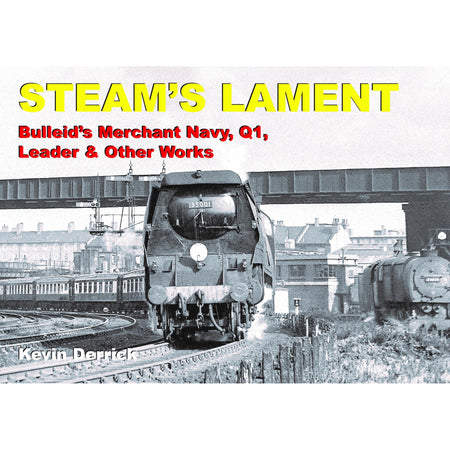

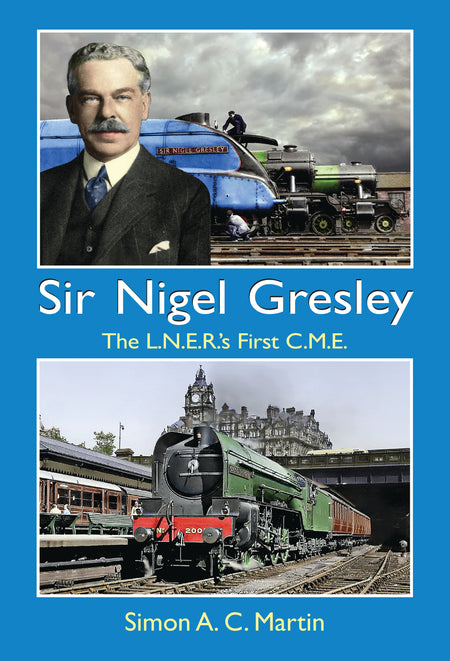
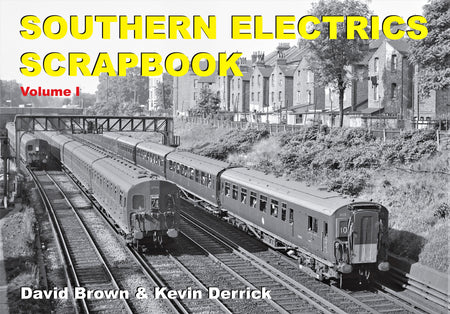


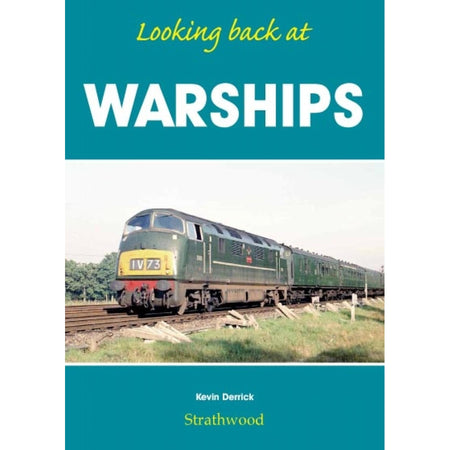
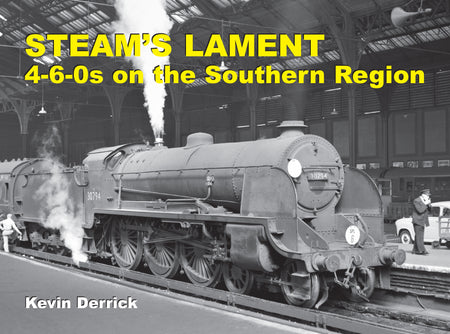
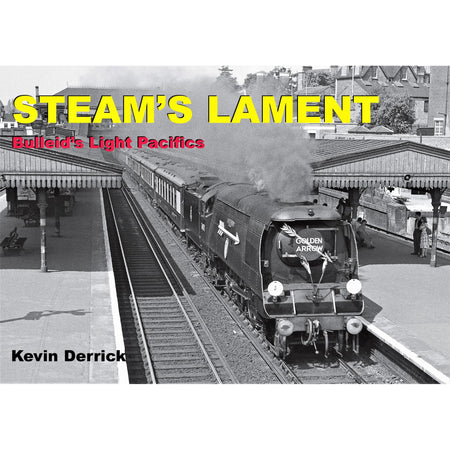

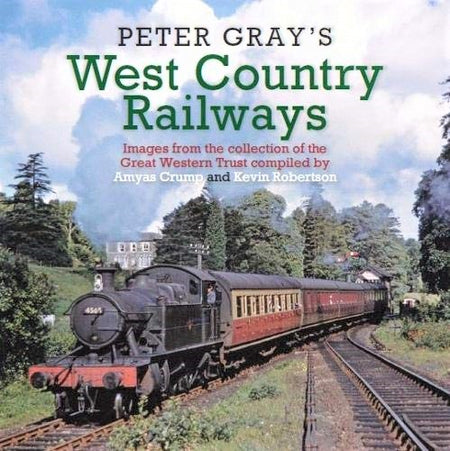


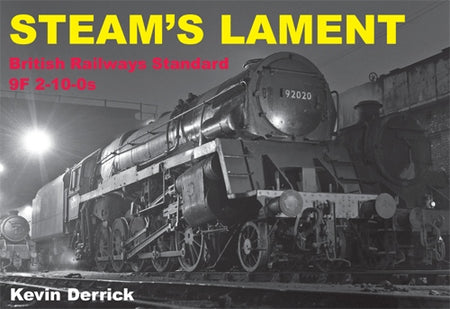


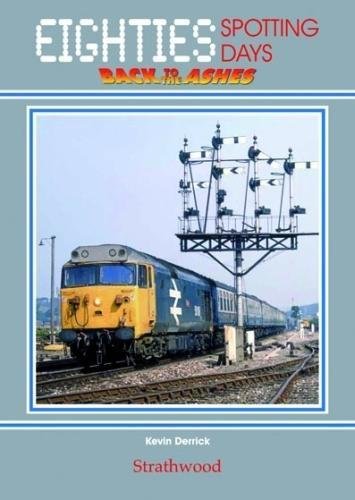


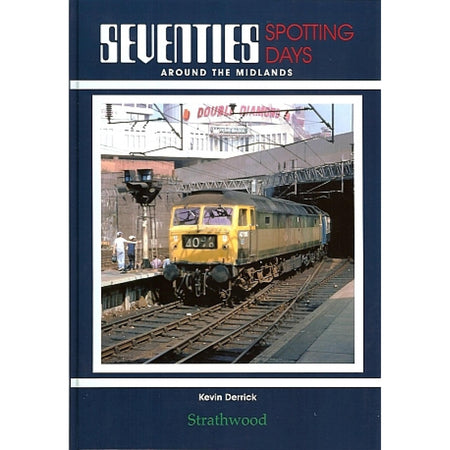



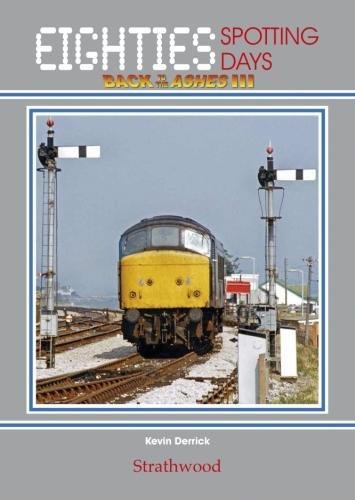
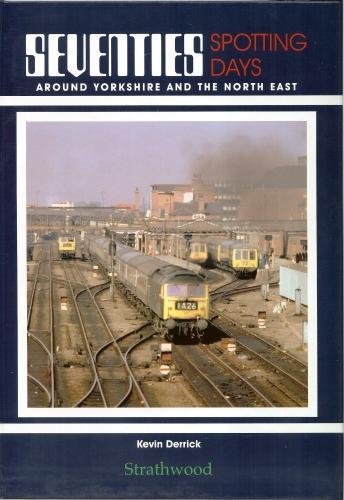

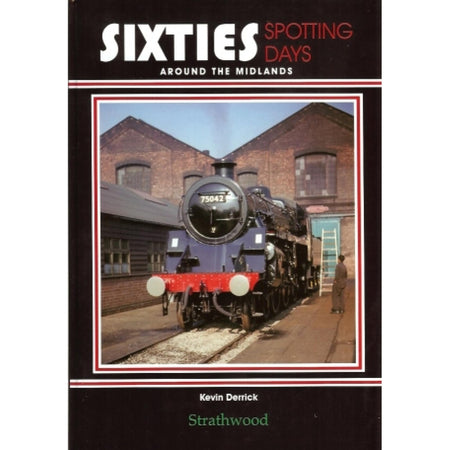



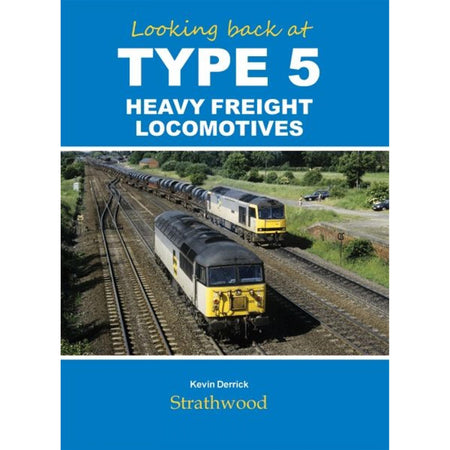


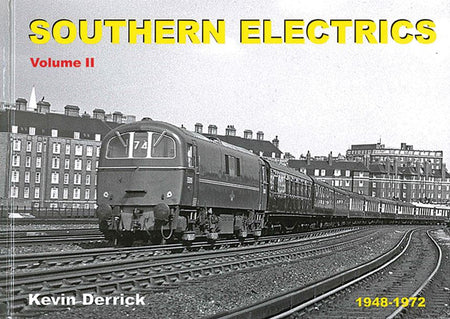
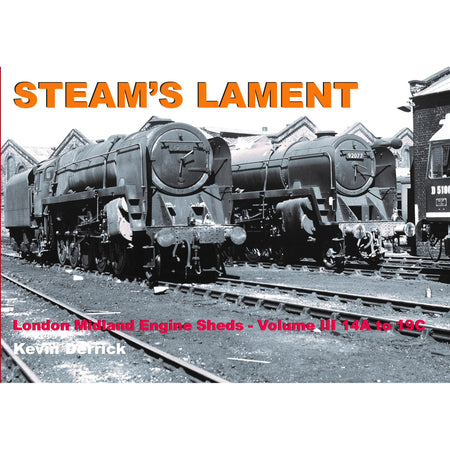


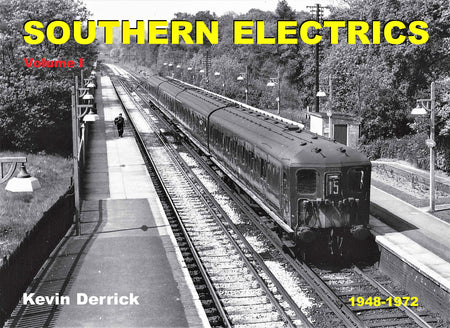
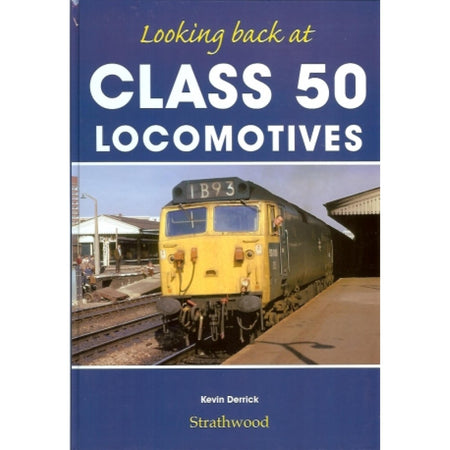
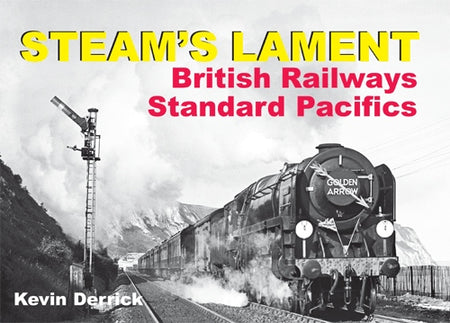

 Find us on Facebook
Find us on Facebook  Find us on Youtube
Find us on Youtube 
